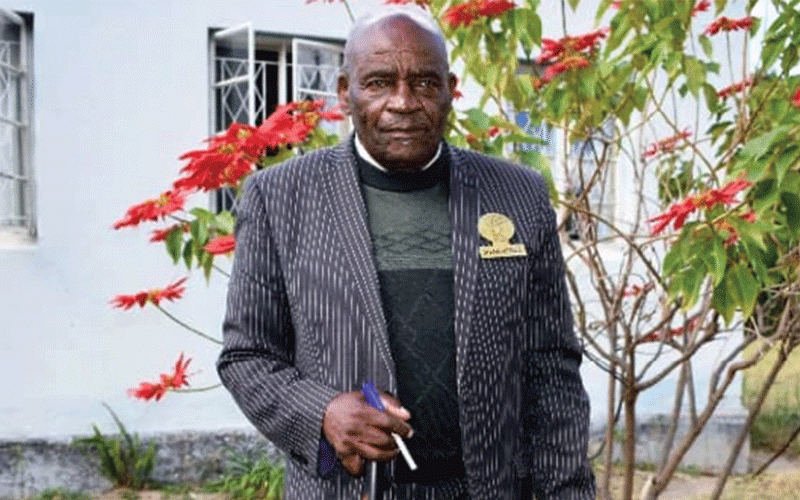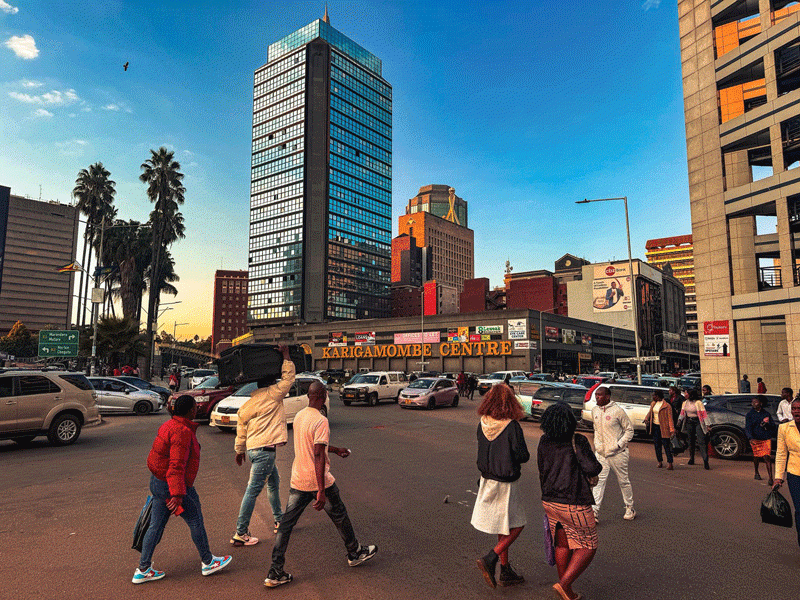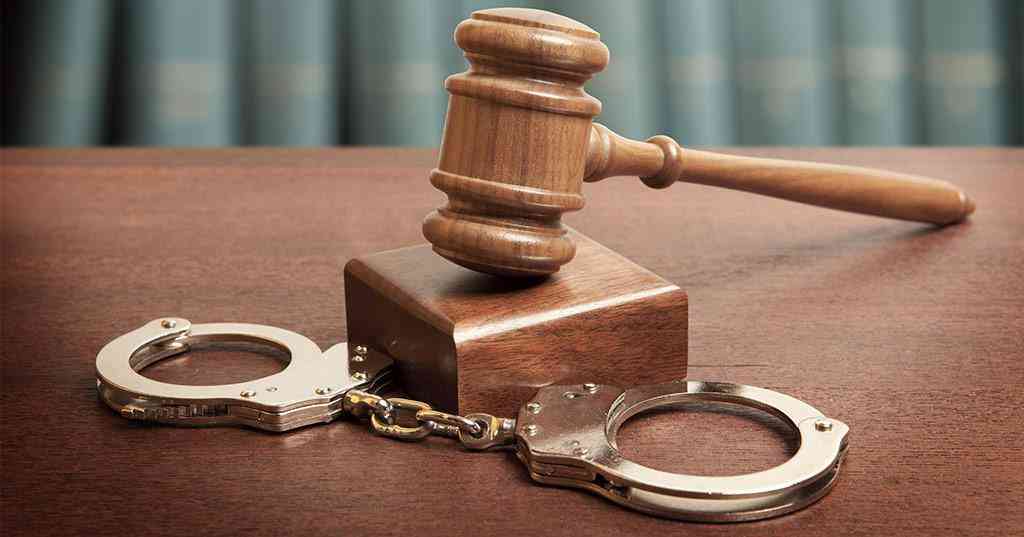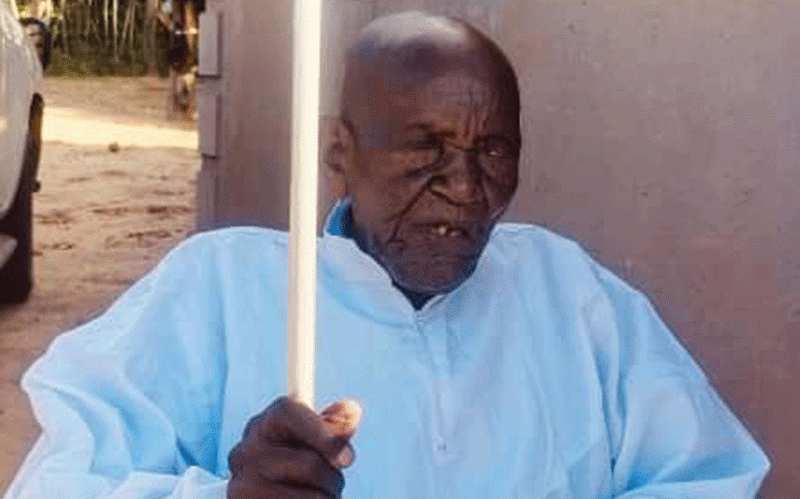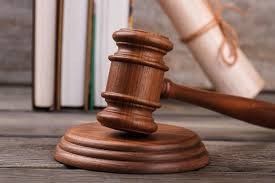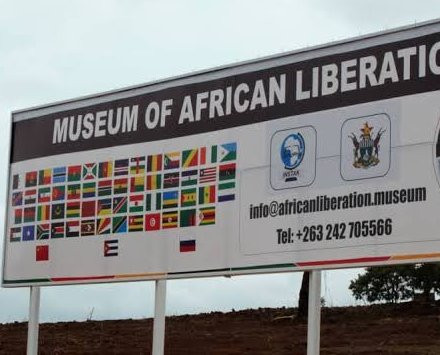
THE Cuban Revolutionary Armed Forces (FAR) on Tuesday officially announced the handover of a variety of artefacts for exhibition at the Museum of African Liberation in Harare, including a pistol belonging to the late Fidel Castro.
The announcement was made at a meeting in Havana between the FAR Command Element and a Zimbabwean delegation headed by President Emmerson Mnangagwa’s special envoy on the museum, ambassador Simbarashe Mumbengegwi.
Other members of the delegation included Institute of African Knowledge (INSTAK) chief executive officer Kwame Muzawazi.
The museum is the brainchild of INSTAK, with full support of the government.
FAR will deliver armoured vehicles used in the historic Battle of Cuito Cuanavale for exhibition at the museum, including a pistol that belonged to Castro, the late leader of the Cuban Revolution and other artefacts and paraphernalia related to Cuba’s contribution to the African liberation struggle.
Muzawazi welcomed the donation and thanked the government of Cuba and FAR for their support for the museum.
“We would like to thank you for the gesture, and to assure you and guarantee the security and safety of these artefacts,” he said.
“We will make sure that these will forever be taken care of sacredly.”
- Sally Mugabe renal unit disappears
- CSOs call for more GBV research
- Minister bemoans shortage of schools
- BCC joins Green Cities initiative
Keep Reading
Muzawazi revealed that the museum had space specifically designated for Cuba and a section reserved for the Southern African Development Community (Sadc).
“We’ve got a section on Sadc, as well as for Cuba, Russia and China, which is now at 80% completion in terms of the structure,” he said.
“With respect to exterior spaces, outside spaces, some of the equipment from Cuba can be displayed there upon arrival.
“This is within the space provided for, and administered by, the Zimbabwe Defence Forces.
“Some of the artefacts we are receiving will be inside the museum and that structure is nearing completion.”
Muzawazi also said the Zimbabwe section of the museum was nearly 100% complete, while the entire superstructure of the facility stands at 25% readiness.
The Zimbabwean delegation is expected to meet the president of the Council of the Republic of Cuba, Miguel Diaz-Canel Bermudez, where Mumbengegwi will convey Mnangagwa’s message.
Muzawazi said the handover of Cuban artefacts was a momentous marker in the implementation of the Museum of African Liberation project.
Cuba played a pivotal role in the liberation and post-colonial development of Africa.
Cuba’s most significant contribution to the liberation of Africa was its involvement in the Battle of Cuito Cuanavale from November 1987 to March 1988.
In that battle, Cuban soldiers got into the trenches with Angolan and Namibian freedom fighters to stop the advance of apartheid forces and repel them.
That victory greatly weakened imperialist-backed rebels in Angola, speeded up Namibia’s quest for independence and paved the way for majority rule in South Africa.
Prior to the Battle of Cuito Cuanavale, Cuba was already backing Africa’s liberation with such support dating as far back as 1961 when Havana extended military and civilian assistance to the Algerian National Liberation Front.
After independence, Cuba continued to support Africa, particularly in the areas of health, education, diplomatically and politically.
The Republic of Cuba is one of three non-African countries whose flags have been raised at the Museum of African Liberation, with the other two being China and Russia.
The Museum of African Liberation in Harare is part of a 101-hectare multipurpose development known as Liberation City, which is being spearheaded by the Pan-African think tank INSTAK, with support from the government.
The museum houses material from all African countries that waged armed struggles to liberate themselves in addition to documenting the contributions of African and non-African countries and organisations that supported the liberation struggle.

